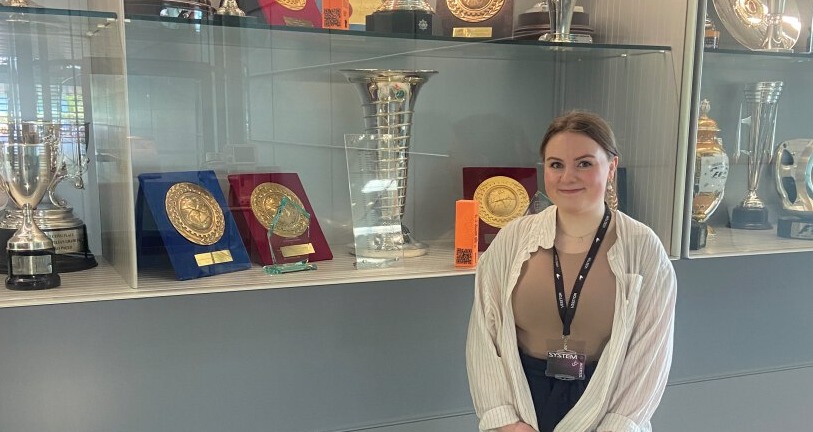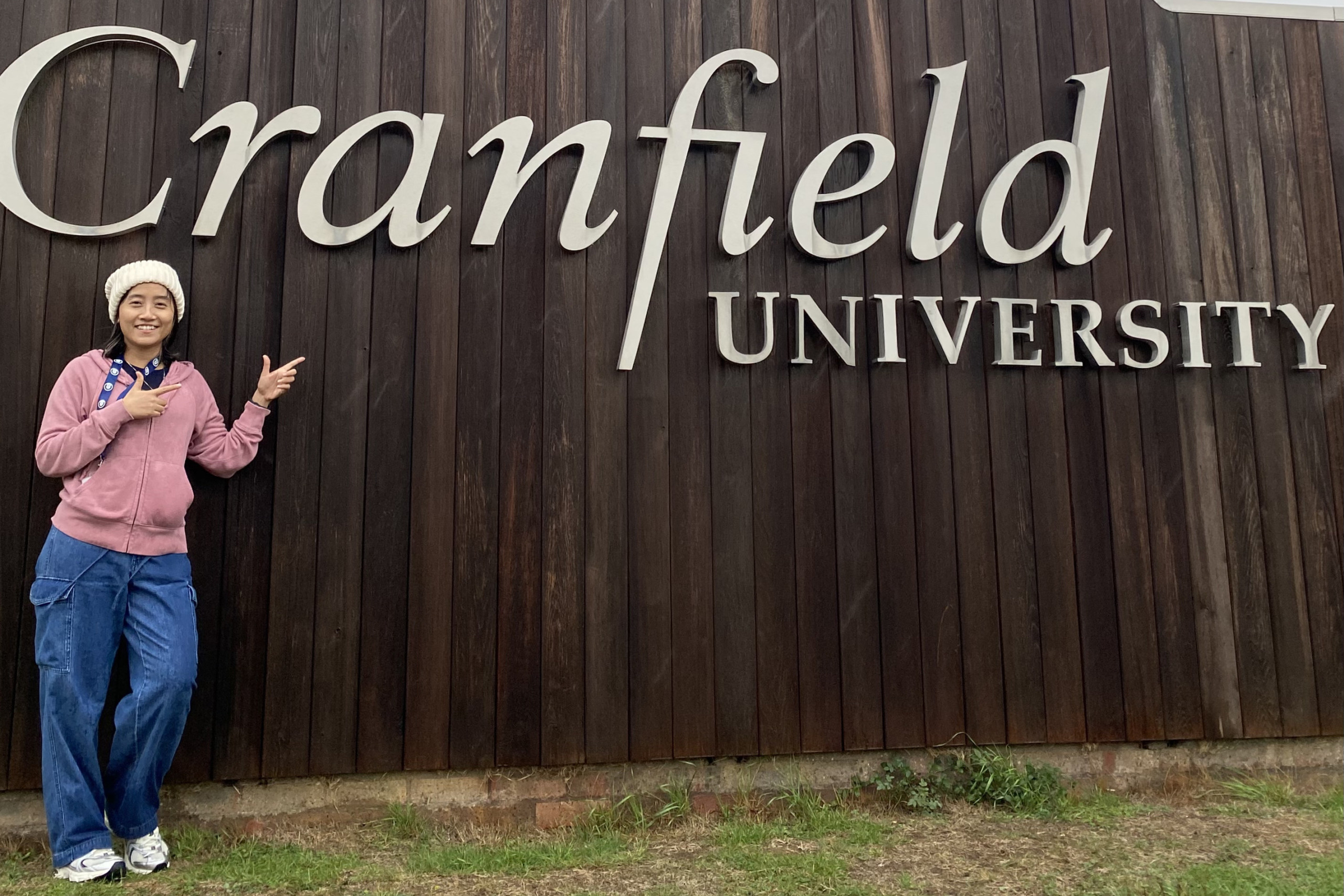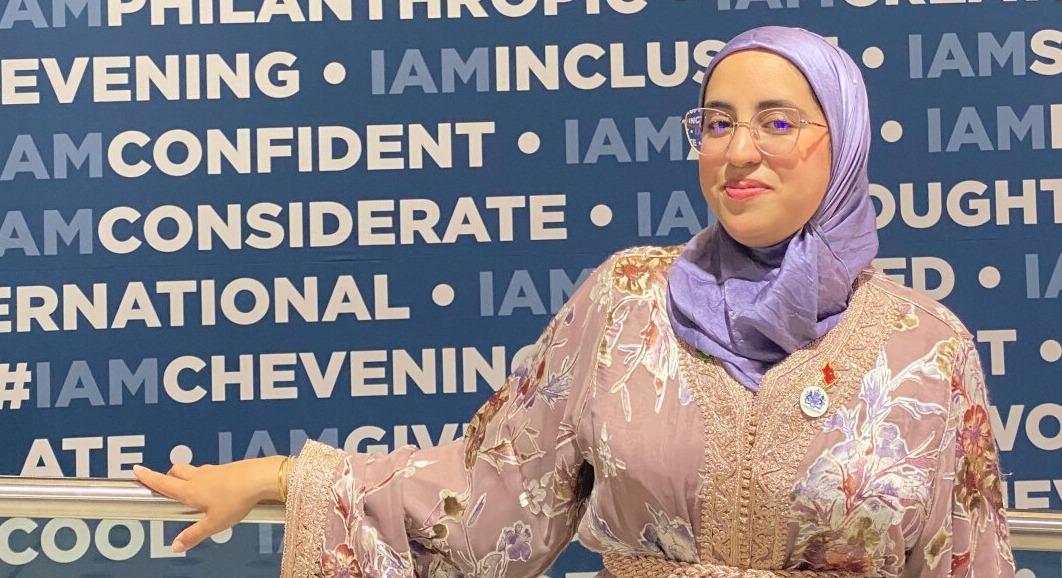Last taught module of my Water and Wastewater Engineering MSc
14/02/2019
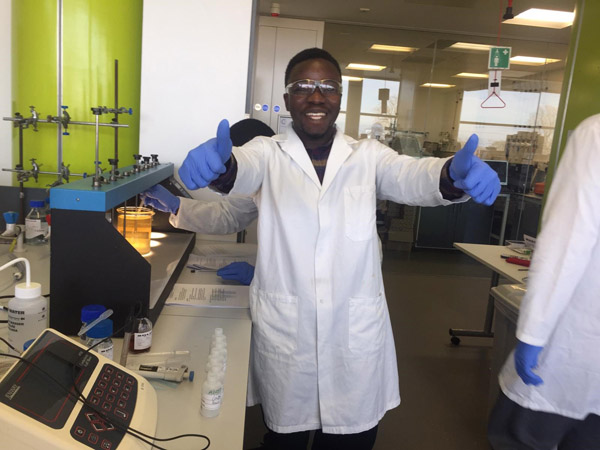
Getting to the end of the taught modules period of my Water and Wastewater Engineering MSc, my class had a slightly different touch to it; on the last day of a very important module (Physical Processes), we had a lab session. This lab session was to help us understand better the sedimentation process that takes place for the removal of flocs during water treatment.
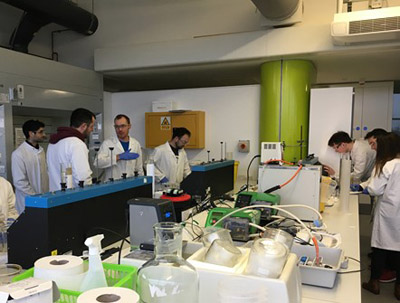
Picture 1. Half of the class experimenting with jar tests.
This lab session was rather challenging as we were required to be fast and precise when taking samples and measuring settling speeds, but it was also quite entertaining. Working in small groups contributed to a good balance between being “professional” and having fun.
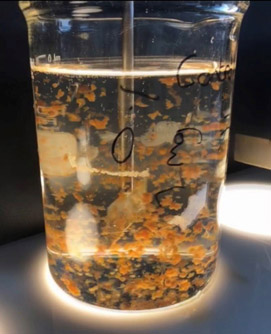
Picture 2. Formation and sedimentation of flocs.
One of the most interesting parts in this session, apart from using in practice the mechanisms that we had been learning about in our lectures, was the opportunity to observe our “creations” using a high-tech microscope and taking photographs of them! Undoubtedly, my team got the most creative in that, having captured the image of the following floc, which looks also like a sketched lateral view of a human face.
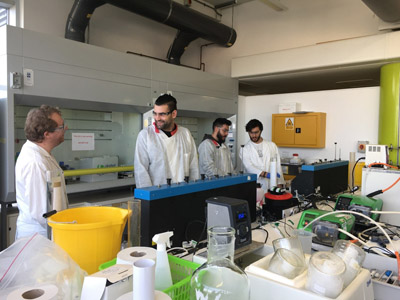
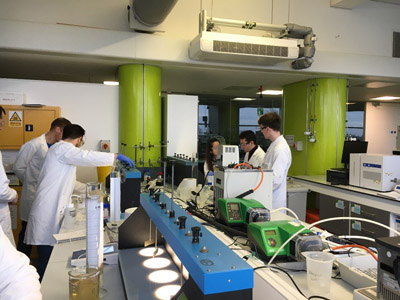
Picture 3 & 4. Others having fun, others being more “scientists”.
All in all, it was a very educative experience since we got to use several lab-based measuring devices and we learnt how flocculation, coagulation and sedimentation work in reality. Being able to appreciate the sunny day through the wide glass windows of the top-floor lab throughout the whole lab class, rendered this session as the best one to date!

Picture 5. Creativity in science 101.
Categories & Tags:
Leave a comment on this post:
You might also like…
Screening for FTSE 100 companies on Bloomberg
So you’re researching an index and need some data on its constituent companies? Bloomberg’s Equity Screening tool makes light work of this, not just for the FTSE, but for indices, exchanges and sectors worldwide. Type EQS ...
Accelerating my future: How Cranfield put me on the fast track to automotive safety innovation
Hello! I’m Michaela Kaiser, and I’m thrilled to share my journey studying abroad. I’m from Calgary, Canada, and I recently graduated from Cranfield’s MSc Automotive Engineering course. My path to Cranfield ...
From Myanmar to Cranfield: My path to Renewable Energy
As someone who is passionate about sustainability, my career goal is to build a path in the renewable energy sector. My aspirations comes from the benefits of developing sustainable energy sources and ensuring energy ...
From lifelong dream to circular economy leader: Q&A with Himesha Randeni on the Environmental Management for Business MSc
What does it take to turn a lifelong passion for the planet into a fulfilling and impactful career? For Himesha Randeni, the answer was the Environmental Management for Business MSc at ...
Library services over the Christmas period
Kings Norton Library will be open 24/7 throughout the holiday period as a study space. Library staff will work until 6pm on Friday 19 December and will resume their normal working hours from 9am on ...
From the control tower to Cranfield: My journey to shaping the future of airports
Hi, I’m Karima Lakouz, and this is the new me! I’m a Moroccan full-time student, aiming to graduate in 2026 with an MSc in Airport Planning and Management from Cranfield University. ...


